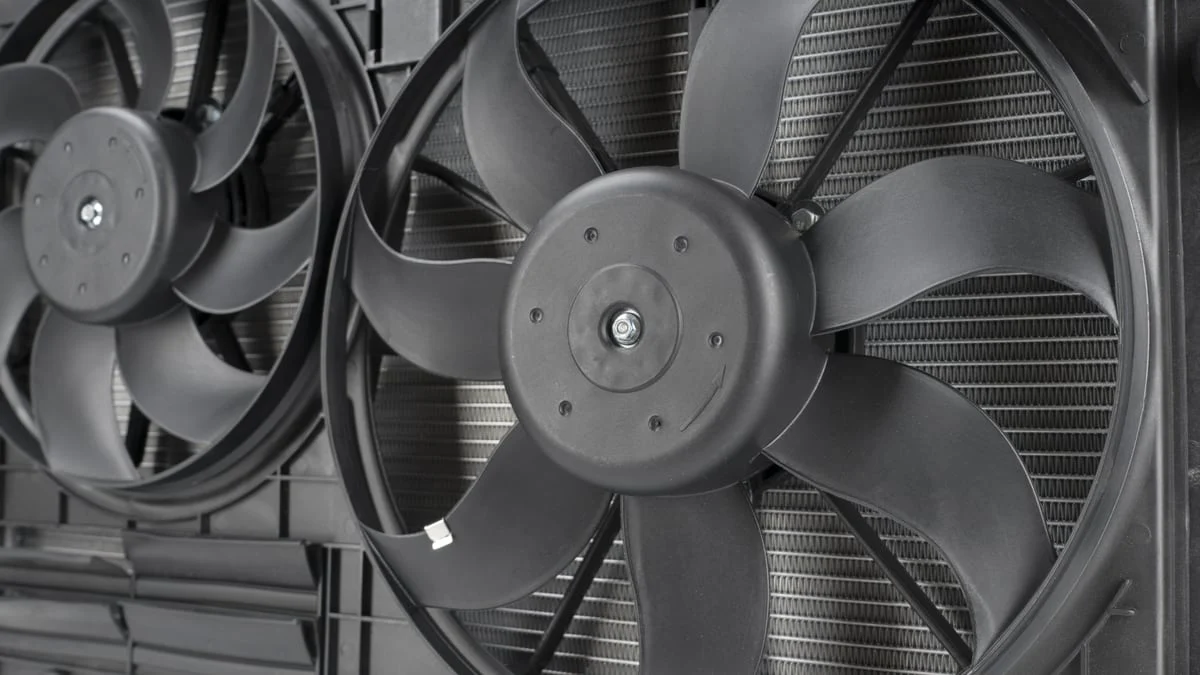Cars rely on various components to maintain optimal performance, and the electric fan plays a crucial role in preventing engine overheating. If you find your car electric fan not working, it’s essential to identify the root cause promptly. In this comprehensive guide, we will explore the potential reasons behind a malfunctioning car electric fan and provide practical solutions to get it back in working order.
Common Signs of a Car Electric Fan Not Working
Before delving into the troubleshooting process, it’s crucial to recognize the signs indicating that your car’s electric fan might not be functioning correctly. These signs include:
- Engine Overheating: The most apparent sign is engine overheating, especially in traffic or at low speeds, where the electric fan is crucial for maintaining proper temperature levels.
- AC Performance Issues: If your car’s electric fan also serves as a condenser fan for the air conditioning system, you may notice diminished AC performance when the fan is not functioning.
- Visible Damage or Noise: Inspect the electric fan for visible damage, such as broken blades or unusual noise when the fan is supposed to be operating.
Troubleshooting the Car Electric Fan Not Working Issue
- Check the Fan Fuse: The first step is to inspect the fan fuse. A blown fuse can disrupt the electric fan’s functionality. Refer to your car’s manual to locate the fuse box and identify the fan fuse.
- Examine the Relay: The fan relay is another critical component. A faulty relay can prevent the electric fan from receiving the necessary electrical signal. Swap the relay with a known-working one to test if the fan starts working.
- Test the Fan Motor: If the fuse and relay are in good condition, the next step is to test the fan motor. Connect the fan directly to the car’s battery to check if it operates. If the fan does not turn on, the motor may need replacement.
- Inspect the Temperature Sensor: The temperature sensor triggers the electric fan to turn on when the engine reaches a certain temperature. A malfunctioning sensor can lead to a non-operational fan. Test or replace the temperature sensor if necessary.
Understanding the Importance of a Functional Electric Fan
- Engine Cooling: The primary function of the electric fan is to cool the engine by dissipating heat. Without proper cooling, the engine is at risk of overheating, leading to potential damage.
- AC Performance: In many cars, the electric fan serves a dual purpose by also cooling the air conditioning condenser. A malfunctioning fan can impact AC performance, especially in hot weather.
- Fuel Efficiency: An overheating engine can negatively impact fuel efficiency. A properly functioning electric fan contributes to maintaining the engine’s optimal operating temperature, ensuring efficient fuel combustion.
Preventive Maintenance Tips for Electric Fans
To avoid future issues with your car’s electric fan, consider the following preventive maintenance tips:
- Regular Inspections: Periodically inspect the fan for visible damage or signs of wear. Replace any damaged components promptly.
- Check Coolant Levels: Low coolant levels can contribute to engine overheating. Regularly check and maintain the proper coolant levels to support the cooling system.
- Inspect Wiring Connections: Ensure that wiring connections to the fan, fuse, relay, and temperature sensor are secure. Corroded or loose connections can impede the electric fan’s functionality.
Read too: Exploring the Allure of Plug In Hybrid Mini Cooper for Eco-Friendly Driving: Embracing Efficiency
Conclusion
A car electric fan not working is a potential recipe for engine overheating and other related issues. By following the troubleshooting steps outlined in this guide, you can identify the root cause and take the necessary measures to get your electric fan back in working order. Regular preventive maintenance is key to ensuring the longevity and efficiency of your car’s cooling system, contributing to overall vehicle performance and reliability.
